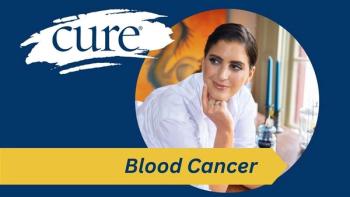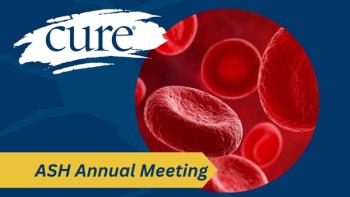
Survivorship Planning
Understanding CLL as a chronic disease.
Cancers such as chronic lymphocytic leukemia cannot be cured, but the disease can be controlled for years. If treatment is effective, the cancer may go into complete or partial remission. Complete remission occurs when cancer is no longer visible when measured or seen on a test. Partial remission means the cancer partly responded to treatment, with at least a 50 percent reduction in measurable tumor. These changes must last for at least one month to qualify as either type of remission.
If cancer is progressing, it may be time to resume or change treatment. For some people, the same type of treatment may be effective, but sometimes doctors will recommend changing strategies. The recommendations will be based on the amount of cancer, extent of spread, and the patient’s overall health and personal wishes.
Most people want to know how long treatment will last, but this is a difficult question to answer. It depends on factors such as the length of time between recurrences, aggressiveness of the cancer type, how well a patient responds to and tolerates treatment, and the type of cancer. This uncertainty often makes coping with cancer difficult. Employing some strategies can help people living with cancer feel more secure and hopeful.
- Create a care plan. Try an online system or downloadable PDF that allows survivors to store information about their cancer, treatment and follow-up care. Some examples: Cancer Survivor Care Plan, Treatment Plan and OncoLife Survivorship Care Plan.
- Seek support. A wide variety of support groups can help survivors cope with various issues. Some groups include family members and spouses, whereas others are just for caregivers and patients. Other groups focus on a certain type or stage of cancer. Individuals who want to develop a personal connection with someone who has experience working with people who have cancer might benefit from counseling.
- Find sources of strength. Religion and spirituality can help people with cancer find meaning in life and newfound strength. Some individuals meditate, spend time in nature, practice gratitude or meet with a religious leader to identify spiritual needs and find support.
- Have fun. People living with cancer may find themselves thinking about the activities they’ve always wanted to do. Make time for these pursuits — and try to enjoy the present moment.




